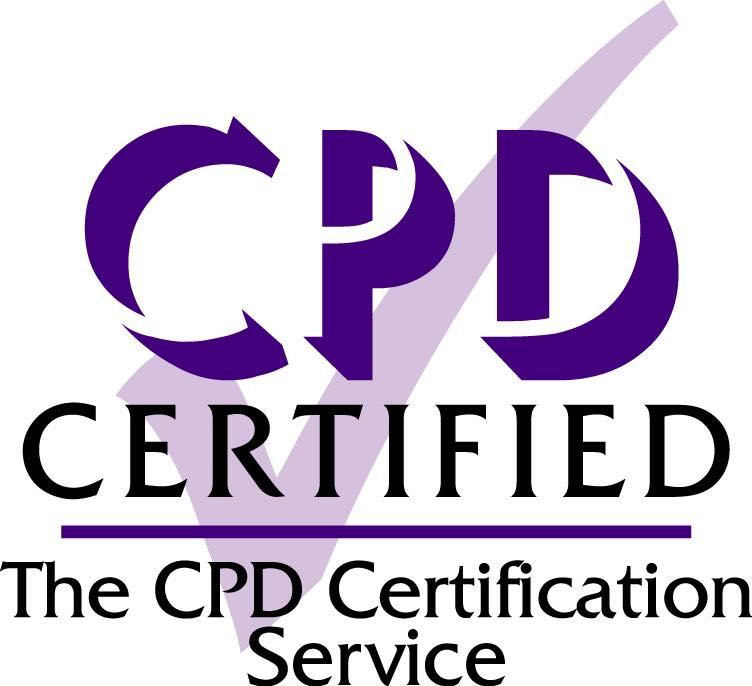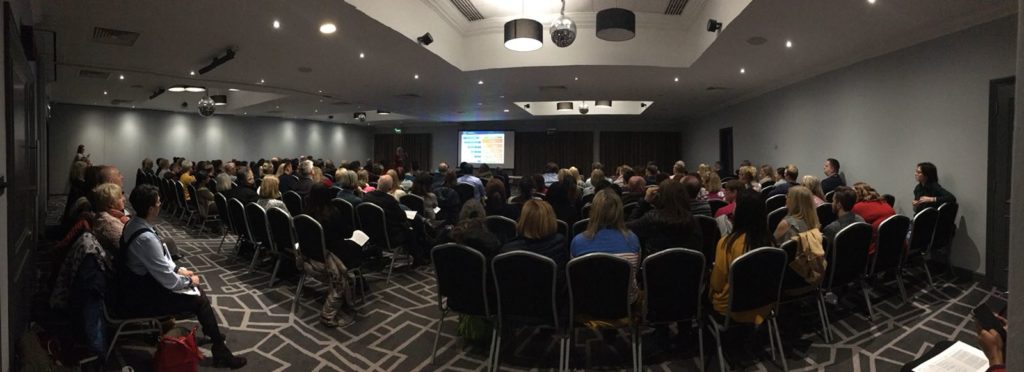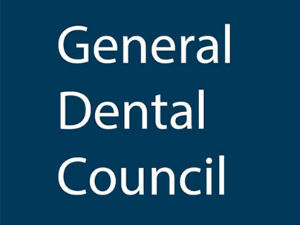
20 Aug Enhanced CPD and what it means to dental businesses
Enhanced CPD for ALL Dental Care Professionals
The new Enhanced CPD scheme came into operation for all dental care professionals on the 1st of August 2018. Enhanced CPD now affects everyone – whether at the end, or partway through, a CPD cycle.
Anyone who has just completed the 2013-18 CPD cycle will be entirely on the Enhanced CPD scheme. Those who are part way through a CPD cycle now need to transition to Enhanced CPD.
So, what might this mean to dental practices and businesses? What do you have to do to ensure your staff understand and follow the new scheme? And what is likely to happen if they don’t?
 Personal Development Plans
Personal Development Plans
The biggest change is the introduction of the Personal Development Plan (PDP). This is intended to help professionals to plan and record their CPD activities, including the associated GDC learning outcome(s). It provides a framework to reflect on learning and how it applies to an individual’s work. It also provides a framework for resource and business planning as it allows practices to identify not just current but future training needs. In other words, it will help to ensure you have the right skills within your staff to offer new services and expand your business.
The net result is that if a PDP is properly managed by both individual and employer, it stops being a ‘box-ticking’ exercise and becomes an important business planning tool.
Professionalising Training
The types of training and the number of hours required have changed. The GDC is now only concerned with verifiable CPD, so while non-verifiable activities often still have great value, they no longer count towards the total required CPD hours.
 The Enhanced CPD scheme requires a dental therapist, dental hygienist, orthodontic therapist or clinical dental technician to complete 75 hours of verifiable CPD in each five-year cycle. For a dental nurse or dental technician, that figure is now 50 hours per cycle. So although the total number of hours is reduced, training costs for each staff member are likely to rise, as are the time commitments. It is also likely that much of this increased level of verifiable CPD will need to be undertaken during normal business hours.
The Enhanced CPD scheme requires a dental therapist, dental hygienist, orthodontic therapist or clinical dental technician to complete 75 hours of verifiable CPD in each five-year cycle. For a dental nurse or dental technician, that figure is now 50 hours per cycle. So although the total number of hours is reduced, training costs for each staff member are likely to rise, as are the time commitments. It is also likely that much of this increased level of verifiable CPD will need to be undertaken during normal business hours.
The new scheme adds a requirement to make an annual statement of the number of CPD hours completed, even if the professional has not completed any hours in the year. Additionally, CPD must be done regularly, and at least 10 hours are required every two years. It would, therefore, be a very sensible idea to make CPD planning and reporting a part of your staff annual review/appraisal process – and a good reason to introduce such a process if you haven’t already done so.
How does this affect current CPD cycles?
Around half of all dental care professionals will reach the end of their five-year CPD cycle this year. This means they will start their new cycle on the Enhanced CPD scheme.
All other dental care professionals, who are mid-cycle, need to complete CPD based on both the 2008 and the Enhanced CPD schemes. A pro-rata hour-based approach is being applied to those in transition.
Specific guidance has been created for those transitioning to Enhanced CPD, including a transition tool to help calculate your required hours. Once the current CPD cycle ends, the next CPD cycle will be on Enhanced CPD only.
Further help
Enhanced CPD requires significant changes to the way training is planned, completed, reflected and recorded. The GDC has provided additional support and supporting resources to help manage these changes. These include detailed guidance, FAQs, a PDP template, an activity log template and illustrative examples. You can find these tools in the Enhanced CPD section of the GDC website.
Professionals can use their eGDC account to see personalised hours calculations. They will need their ID verification code to use eGDC. This can be found on all written correspondence they receive from the GDC. A request for an ID verification code can also be made when signing up to eGDC.
Enhanced CPD came into effect on 1 August 2018. If any dental professional or practice manager has questions, or requires clarification, email cpd@gdc-uk.org or call on 020 7167 6000 (+44 if calling from outside the UK).
Further guidance and support are available on the GDC website.
So what does this all mean?
In summary;
- All Dental Professionals are responsible for completing their own Enhanced CPD requirements.
- However, you may need to support your staff and ensure they continue to be registered. It might be a good idea to introduce training reviews as part of an annual appraisal process.
- Training reviews will also assist with long-term business resource planning. Use them to help plan the introduction or expansion of additional services.
- Enhanced CPD requirements are likely to require more training within work hours. Expect training costs to rise, so ensure you coordinate what your staff need with what your business needs.
- Remember to make sure you’ve managed your own Enhanced CPD cycle too!
For more information about Pearl Dental Software, contact us or go to the Home page to navigate our website.


 Personal Development Plans
Personal Development Plans